Guide: How To Sell Your Vinyl Records Online
By Max Wallis & Simon Daley
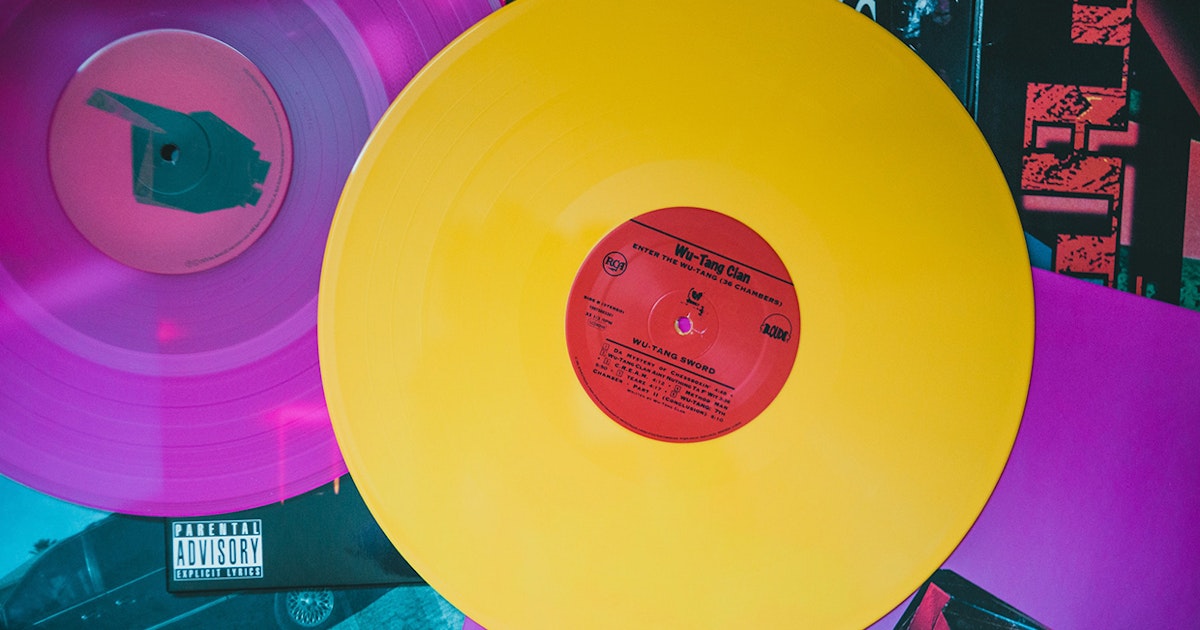
As online sales of vinyl records continue to outperform those in brick and mortar stores, our new guide will help you plan where and how to sell your vinyl merchandise for maximum engagement.
As an independent artist or record label, it is crucial to make your product as accessible and visible as possible. This guide is designed to assist you with getting your records out into the public eye, making them as attractive as possible and understanding the costs involved in the various aspects of music retail.
Online Retail Platforms
In addition to omnipresent sites like eBay and Amazon, let’s explore some of the other outlets that enable you to sell your new records online.
Bandcamp
Bandcamp is a platform that every independent artist should be on. There is enormous potential for organic growth and increased sales versus a standalone website. The site has a “Discover” tool that many music fans utilize, which is a great example of passive marketing at play. If your release is selected by the Bandcamp editorial team to be featured, then your sales potential increases. It should be noted that in order to get the full benefits from this platform, you should also upload your digital album alongside your physical merchandise. If you only have physical merch which isn’t linked to a digital release, then your items won’t appear in the “Discover” charts. A perk of uploading your digital album is that customers who buy your vinyl record through the service can receive a free download of the digital release. This means that if you’re selling a small run of vinyl exclusively via Bandcamp, then you won’t need to order any download cards. If you choose to also sell records offline or away from Bandcamp, we can still provide you with download cards with your order, speak to your account manager for further details.
Discogs
This global marketplace and discography database has gained significant popularity over the years. It can be a little tricky to navigate for a first timer, but a lot of passionate music collectors live here. Registering as a seller is required and enables you to add your release to the Discogs database (if it’s not already on there) and then list the CDs, tape or vinyl editions of the release for sale to the community. The site allows you to list your items for free, then collects an 8% fee with a minimum of $0.10 USD per purchase. There are additional PayPal fees on top in order to process the payment, so be sure to include a margin for these fees in your sales price.
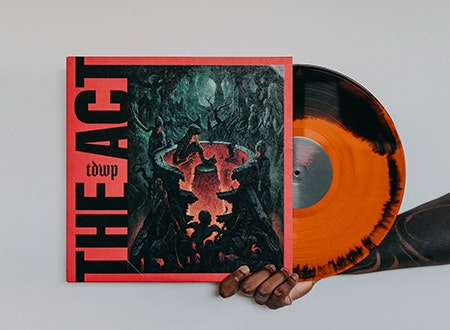
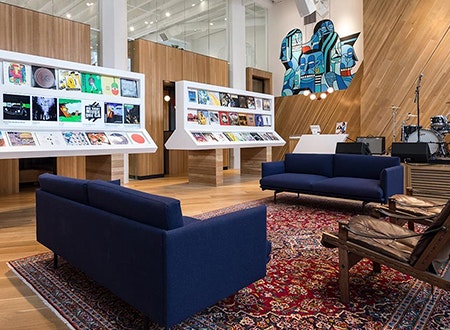
Facebook Marketplace
Whether you love it or hate it, Facebook has nearly 3 billion monthly active users in 2022, many of whom have access to Facebook Marketplace. Through our social channels, we often see records that came off the PRP presses for sale on Facebook Marketplace, direct from the artists and bands themselves.
Unfortunately, the marketplace can’t be utilized without using your personal account, as for now the service isn’t available from within Facebook’s “Pages”. In addition, if you’re selling your products on a compatible service, you can also create a “shop” section on your dedicated artist page which takes fans to that external store.
Shopify
A merch store staple for over 15 years, Shopify is an excellent option for those wanting to integrate an e-commerce solution into their web presence. Given the relatively high monthly fees, it’s unlikely to be a worthwhile solution if you’re only offering one or two items. However, for small labels offering records, shirts, posters, patches etc, then it can be a great place to offer everything in a concise way. Shopify is also one of only a few online e-commerce platforms that can be integrated with Spotify, enabling those listening to your releases to easily find your online merchandise store. Another, more budget-friendly platform similar to Shopify, is Big Cartel. They allow you to list five items up for sale before charging you a monthly store fee.
Shipping
As shipping costs can vary greatly depending on where you are in the world and where you’re sending to, we can’t advise you how much you should be charging. However, the average weight of a single LP in a cardboard mailer is approx. 1lb 5oz (590g) or ~2lb for a 2LP. You can use these weights to check with your local carriers how much it would cost to send a record (both domestically and internationally). Investing in a parcel scale is also advisable to know exact weights of your shipments. If a customer buys multiple records in a single purchase you will need to know the exact combined weight, guessing can result in postage overpayment or it could be returned to you undelivered.
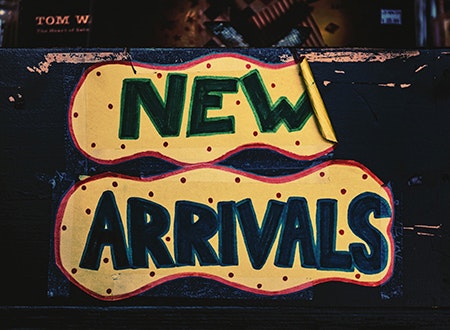
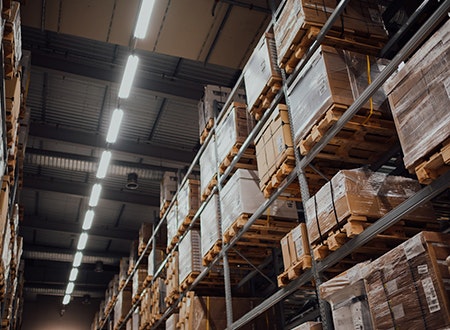
Sales Strategies
As an artist or label, there is more that you can do to help sell records in addition to simply making them available for purchase.
Limited Variants
Instead of pressing all the records on black or a single color, you could choose to order a special, more limited variant to encourage early sales. For example, if pressing 500 records you could potentially order 100 special “limited-edition” records and 400 “standard” records. Be aware that the minimum quantity for a variant at Precision Record Pressing is 100 units and each variant incurs setup charges. These variants are then often offered at varying retail price tiers to reflect the increased unit cost of special effects and add a further level of exclusivity for early bird purchasers.
Signed Copies
In addition (or as an alternative) to special color effects, you could also offer a limited number of signed copies for sale online as a way of generating pre-order sales.
Re-presses
If your vinyl project sells out and you are looking into ordering a re-press, you could reinvigorate sales by printing alternative jacket artwork or ordering a new vinyl effect that’s exclusive to the re-press. In some cases vinyl fans may even purchase the project for a second time to own both editions of the release. Since the majority of the cost of pressing vinyl is contained within the initial setup charges (cutting and plating), represses completed at the same plant also often have a lower cost per unit than the original order.
Retail Shops / Distribution
The idea of your records being sold in physical retail stores may appeal to you. While the prospect of arranging this may seem daunting, with the correct approach it isn’t impossible to achieve. We’d recommend starting by contacting your local and independently owned record stores first. If you’re a familiar face in the store you’re even more likely to be given an opportunity to pitch your release to the buyer. If you’re not local, contacting small record stores outside of your area via email, their website or social channels is another safe way of introducing your product to the staff. Be aware that some shops may only work on consignment (sale or return) with independent and local acts, but others may buy a small number of copies to sell.
Another effective way to make your release available to both online and physical stores is by finding a music distributor that works with independent artists. While a distributor taking on smaller clients might not actively market your release to record stores, some indies will regularly order one of everything that’s coming out each week, enabling you to be stocked in stores across the country. Having a distributor doesn’t necessarily guarantee more sales, but it can certainly help. One of the most important factors that will influence whether a shop buys copies from you (or your distributor) will be the wholesale price. The retail price is the price the customer pays, while the wholesale price is what the store pays to you or the distributor. The wholesale cost needs to be higher than your manufacturing cost, but when only pressing 100 units you should expect to make a very small profit on each unit sold to stores at wholesale.
The best way to determine your cost per unit is to add up the cost of manufacturing plus shipping, a percentage of the recording, mixing and marketing costs, then divide by the total number of units pressed. The remaining percentage of the recording, mixing and marketing costs should be covered by the remaining release formats.
UPC/EAN Barcodes
If you’re preparing to release your first project, you might be wondering if UPC/EAN barcodes are mandatory? The answer is… not at all! Most of the retail platforms that independent artists use do not require a UPC/EAN barcode. However, you will need one if you plan on making your records available on Amazon or via a physical distributor. PRP can provide a UPC number and barcode for a small fee, which can be placed on your jacket artwork or affixed to your outer packaging as a sticker. Similarly, if you are an artist or label expecting your project to chart or be tracked by Nielsen Soundscan, then you will need a UPC/EAN. It’s important to be aware that you cannot use a UPC/EAN code that is assigned to a digital release for physical products.
Header photo by Erik Mclean.